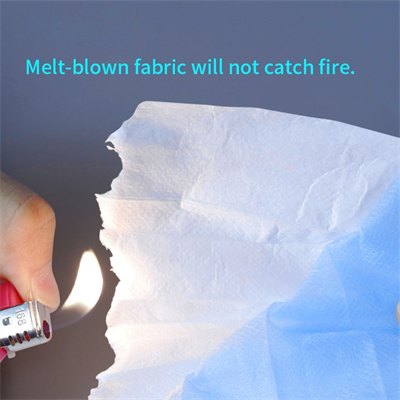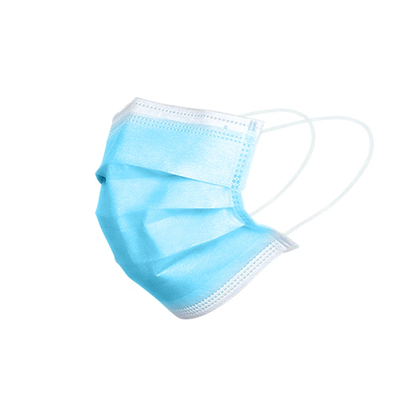The thickness of vinyl gloves is measured in mils, with 1 mil equal to 0.001 inches. Vinyl gloves come in different thicknesses to accommodate various needs and applications. Here’s a breakdown of vinyl glove thickness and their typical uses:
- Standard Thickness (2-3 mils):
- Typical Uses: These thin vinyl gloves are often used in food handling, food preparation, and general tasks where dexterity and tactile sensitivity are essential. They offer basic protection against contaminants but are not suitable for heavy-duty or high-risk applications.
- Medium Thickness (4-5 mils):
- Typical Uses: Medium-thickness vinyl gloves strike a balance between dexterity and durability. They are commonly used in healthcare settings for non-surgical medical examinations, as well as in general cleaning tasks and light industrial work. They provide better resistance to tears and punctures compared to thinner gloves.
- Heavy Thickness (6-8 mils):
- Typical Uses: Heavy-duty vinyl gloves are designed for more robust applications that require greater durability and protection. They are often used in industrial settings, automotive repair, and janitorial work. These gloves offer enhanced resistance to punctures and can handle rougher materials and tasks.
- Extra Heavy Thickness (9+ mils):
- Typical Uses: Extra heavy vinyl gloves are the thickest and most durable. They are used in applications where maximum protection is required, such as handling sharp or abrasive objects, chemical handling (though nitrile or latex gloves may be more suitable for chemicals), and in some specialized industrial tasks. These gloves provide a high level of resistance to punctures and tears.
It’s important to note that while thicker vinyl gloves offer better resistance to punctures and tears, they may sacrifice some tactile sensitivity compared to thinner gloves. Therefore, the choice of glove thickness should be based on the specific requirements of the task and the level of protection needed.
Additionally, when using vinyl gloves, it’s crucial to follow proper glove-changing protocols, especially when transitioning between different tasks or when gloves become damaged. Gloves should be inspected for any visible defects before use, and hands should be washed thoroughly before putting on gloves to maintain hygiene standards.
















